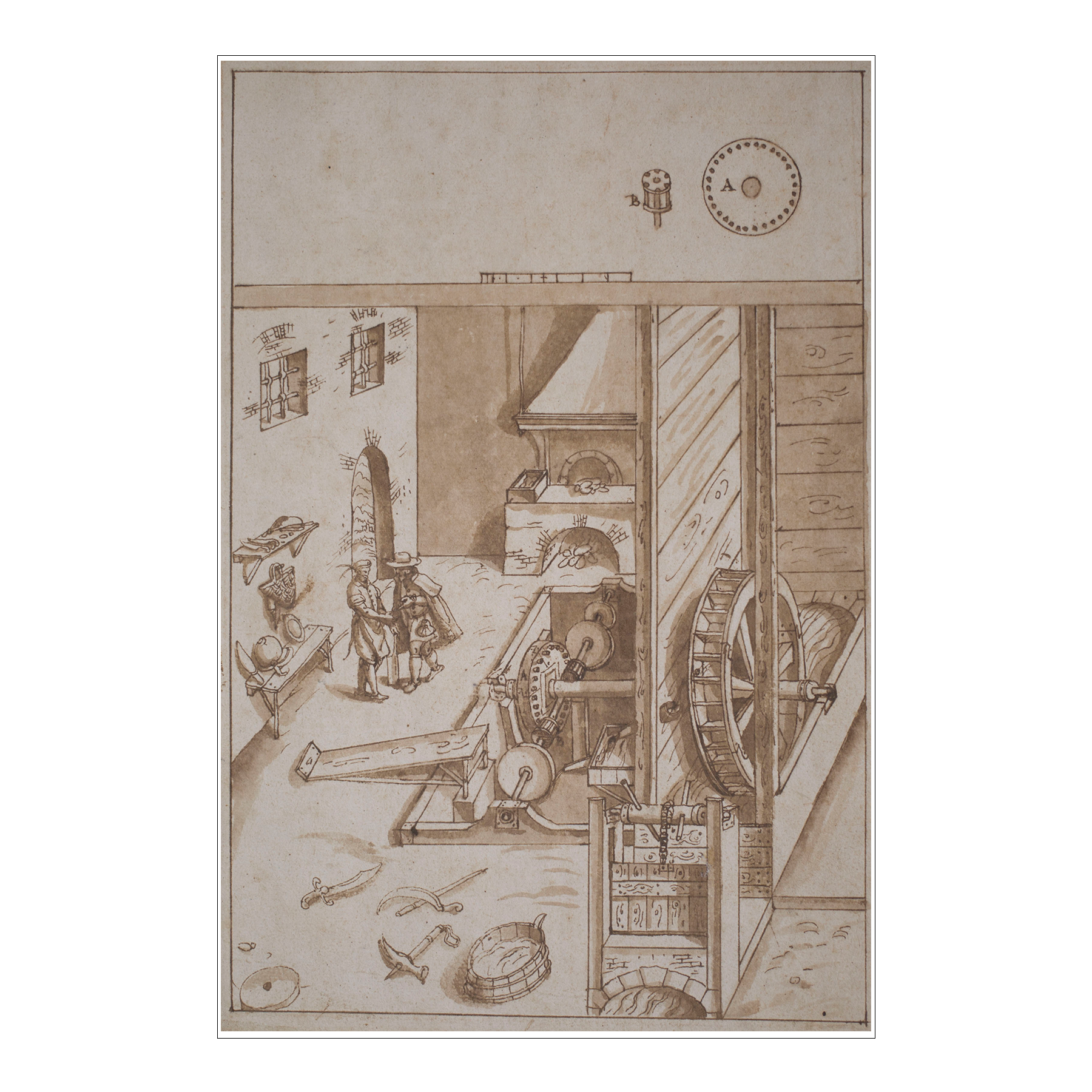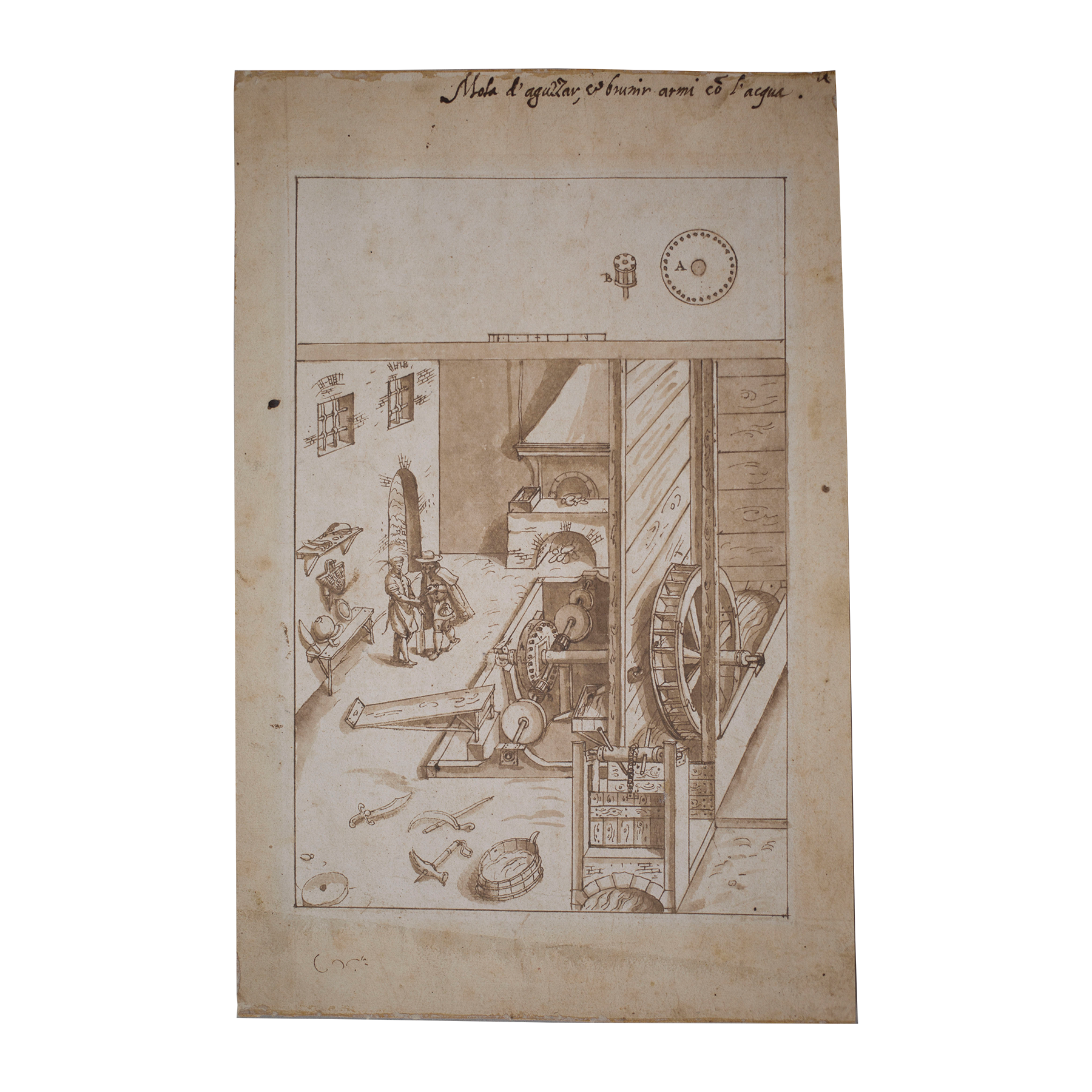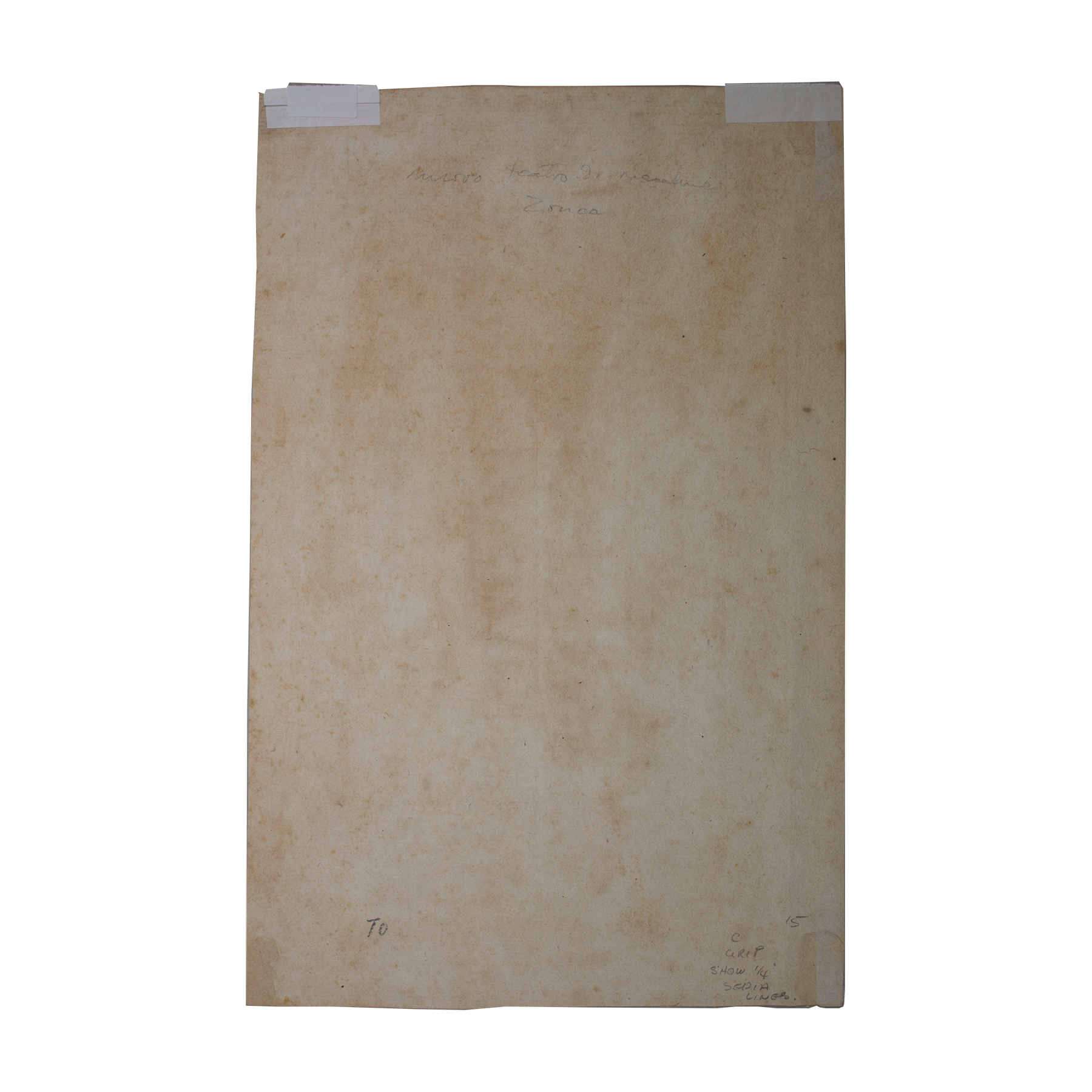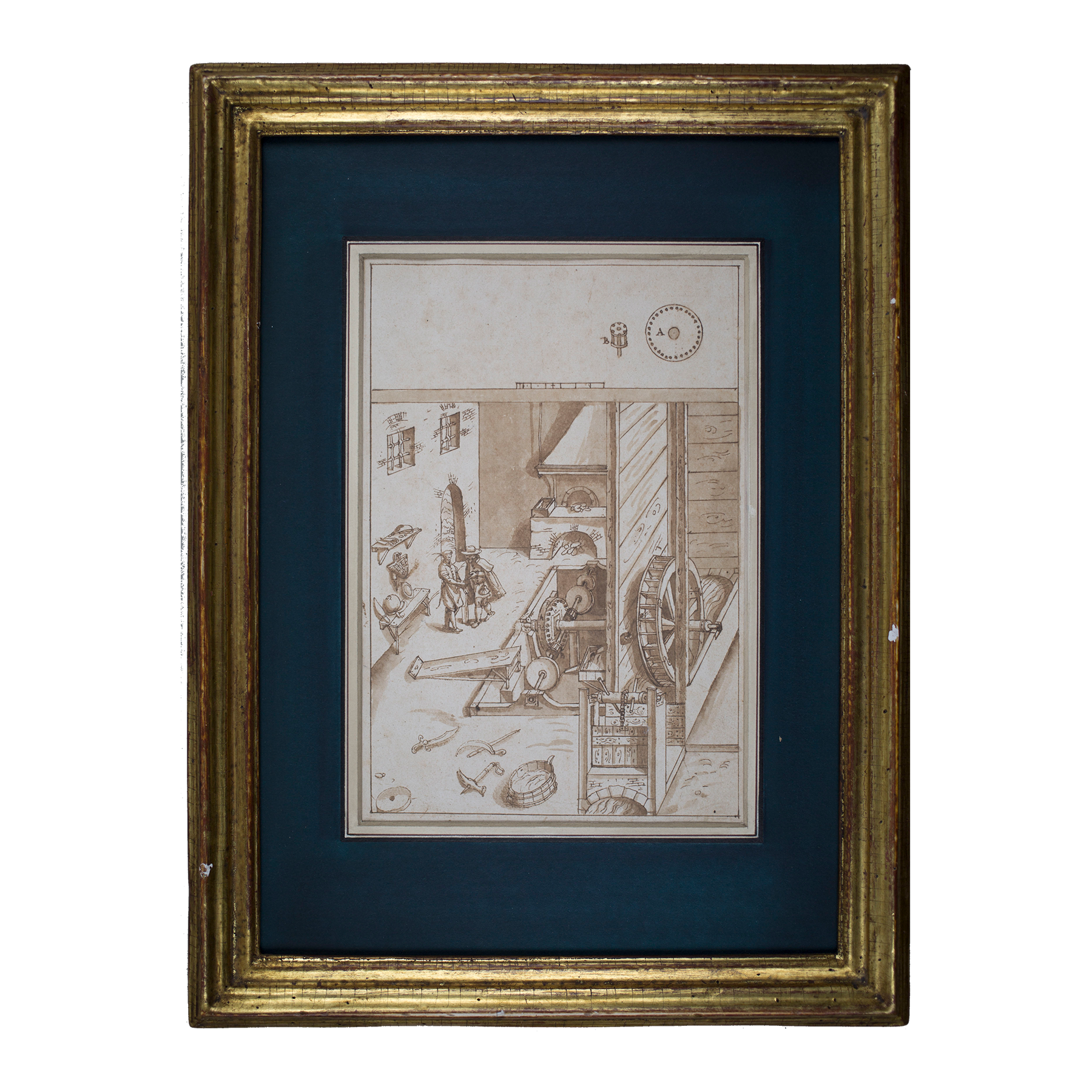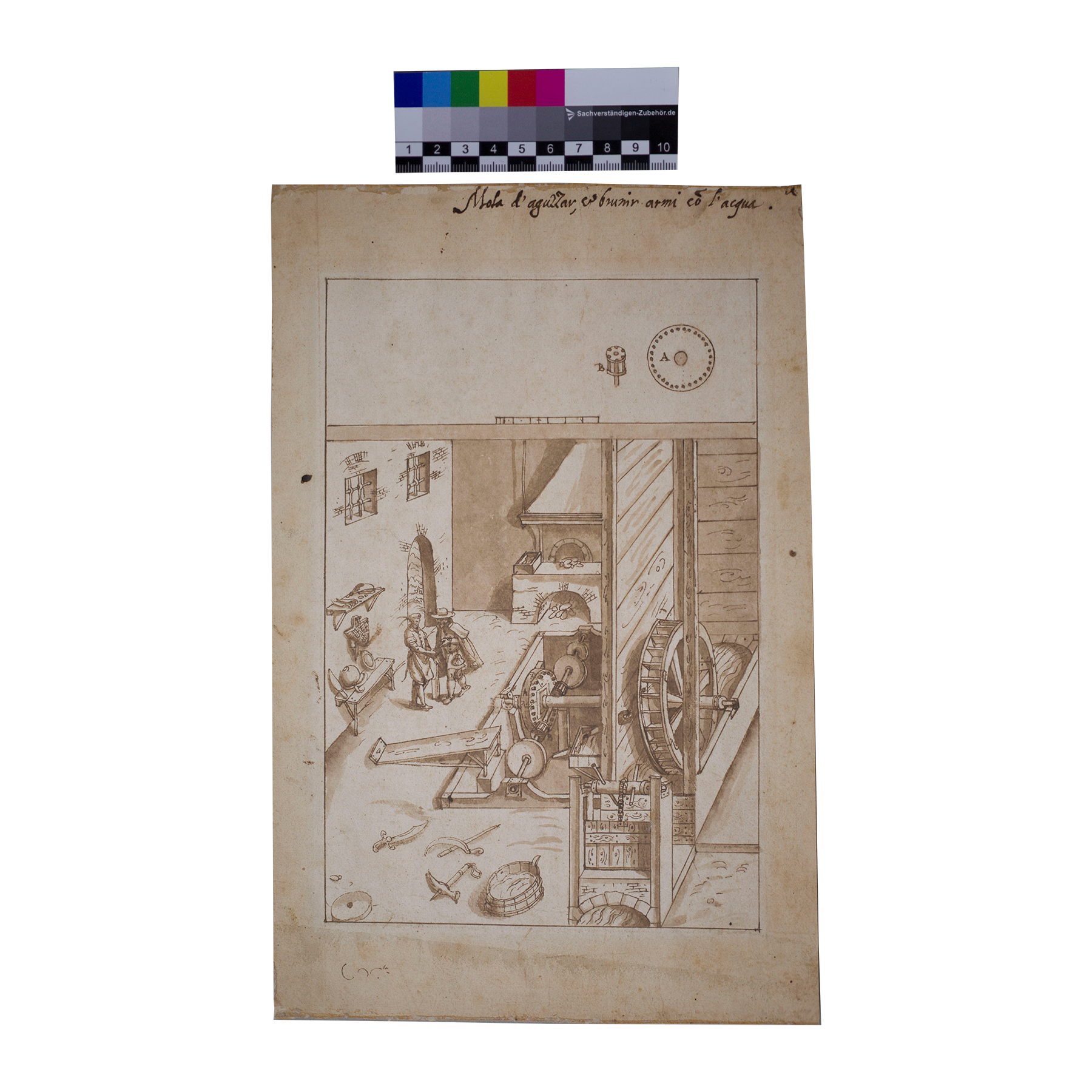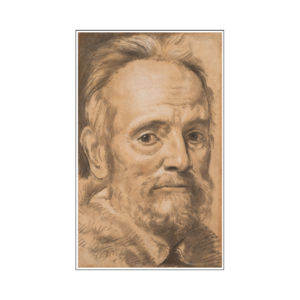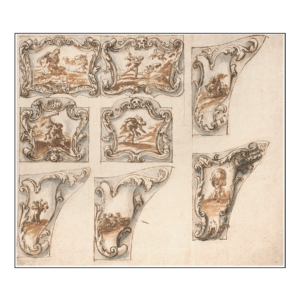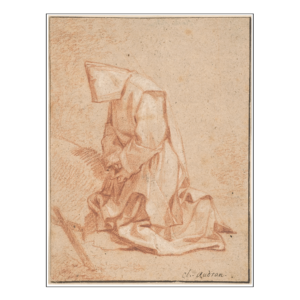Paduan school of the early 17th century
Study of water wheel to sharpen and polish weapons
Pen, brown ink and wash.
300 x 195 mm – 11 13/16 x 7 11/16 in.
Inscribed, in pen and brown ink, top right : Mola of Aguzzar and brunir cõ l’acqua and on the back, in pencil, of modern writing : Novo teatro di machine – Zonca with various references.
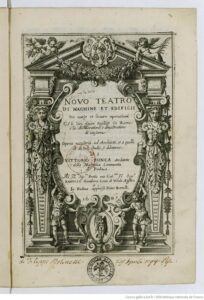
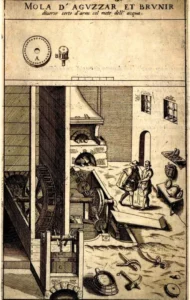
Our drawing is preparatory to one of the illustrating engravings Novo teatro di machine et edificii per varie et sicure operationi con le loro figure tagliate in rame e la dichiaratione e dimostratione di ciascuna Opera necessaria ad architetti…, Padua, appresso Pietro Bertelli, 1607 (ill.1), major work by Vittorio Zonca (1568-1602).
This book, published in 1607, is illustrated with forty-two engraved plates representing mills, presses, dams, crushers, winches, looms, hydraulic pumps and mechanical tools for various uses from construction to the steel industry and gastronomy.
The work of Vittorio Zonca, architect of the city of Padua, was a great success: it was republished in 1621, 1624 and 1656. A Chinese encyclopedia on Western engineering, published by Johannes Schreck (1576-1630) and Wang Zheng in 1627 as Qiqi Tushuo Luzui (Collected Drawings and Explanations of the Wonderful Machines of the West), contains mostly illustrations and descriptions from Zonca’s work.
Some engravings, monogrammed FV, are by Francesco Valesio (born around 1560), others monogrammed, Ben W sc, are by Benjamin Wright, some still unidentified bear the monogram AH or AHI or AI.
Unfortunately, there is no monogram on our drawing or on the engraving (ill.2) and we are therefore unable to identify the designer‑engraver. However, the orientation of the drawing and its slight differences leave no doubt that we are indeed in the presence of the preparatory drawing for the engraving of the 1607 edition.
The subject represents the plan of a water wheel for sharpening and burnishing. The activity of the sharpeners was very important and took up a lot of space. It had several specializations and applied to different types of weapons, as can be seen in the lower part of the image. The heavy millstones were operated by the force of water.
Condition report: Some stains in the part under the assembly beyond the margin but the general condition is good.
